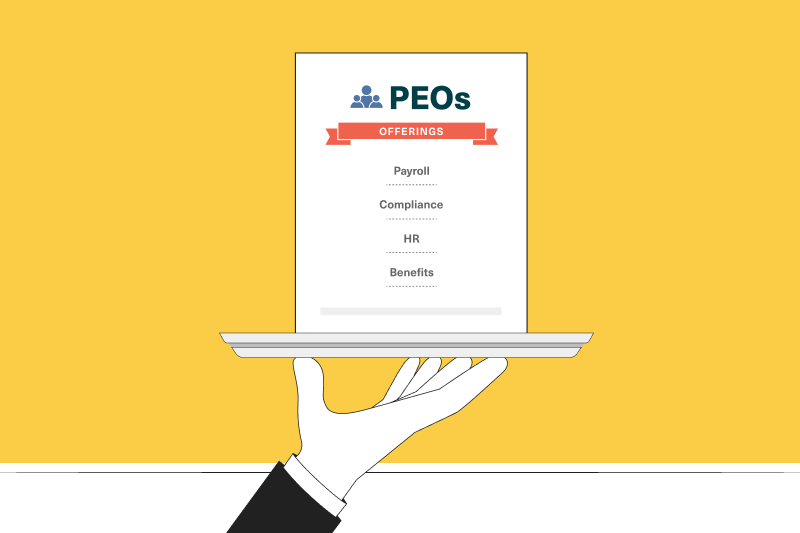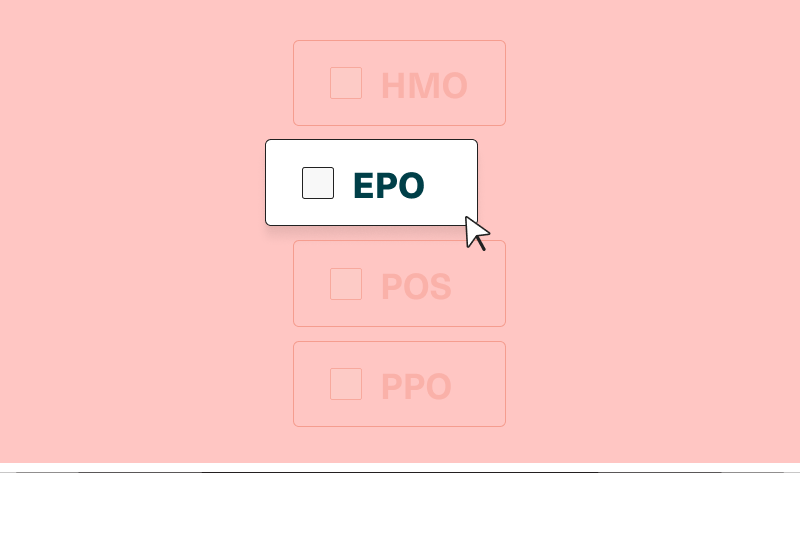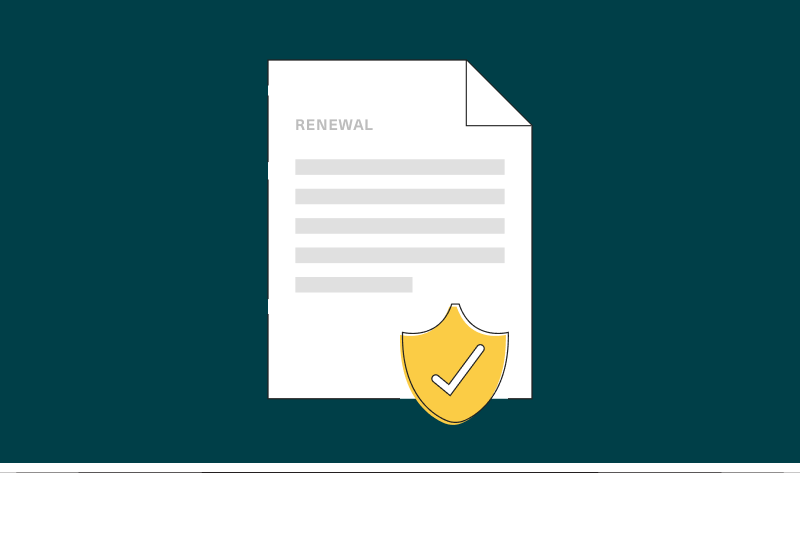Level-funded health insurance pros and cons

Once you’ve decided to offer employees health benefits, the next step is to choose an insurance plan. You’ll have several plan type options, including fully-funded, level-funded, and self-funded. We want to help you understand the level-funded health insurance pros and cons so you can determine if it’s the right plan for your organization and your employees.
What is a level-funded health insurance plan?
Level-funded health insurance is one where the employer pays a set amount of money each month into its own claims fund. The amount it pays into the fund is based on an estimate of how much money the employer is likely to have to pay out in claims. The employer also pays a third-party administrator (TPA) a fee to handle the process of determining which claims should be paid from the fund and in what amount.
Finally, the plan also includes a fee to cover the cost of stop-loss insurance. This insurance serves to protect the employer in the event that claims from members in the plan exceed the amount the employer has deposited in its claims fund. Stop-loss insurance is the major difference between level-funded plans and other self-funded plans.
In contrast, with a fully-funded plan, the employer pays a set amount of money to a carrier based on the carrier’s fee calculations. The carrier calculates the premium based on what it anticipates its costs will be that year to pay each employee claim and administer the plan, plus the profit it intends to make.
Related: Why level-funded health plans are becoming the new normal for small businesses
What are the pros and cons of level-funded health plans?
We’ve given you the basic definitions for these plans, but there are several level-funded health insurance pros and cons you should consider to really understand why it might be a better option for you over a traditional fully-funded plan.
The pros
Pay only for actual claims
One of the biggest pros with a level-funded health insurance plan is that unlike all other types of plans, you only pay for real claims made by your own employees. You aren’t paying premiums based on community rates that may be higher than your employee group’s risk.
The premium amount you pay each month is a set amount and capped at a certain maximum. That means if your employees made claims that are more than what you contributed to the plan, stop-loss insurance will cover anything over the capped amount.
On the other hand, if your payments into the plan are more than the amount of the annual claims, the carrier reimburses you anything under the capped amount. You have the assurance that you will not pay over what you budgeted. Your payments stay “level.”
You may be wondering what stop-loss insurance is. Stop-loss insurance is a product that provides protection against catastrophic or unpredictable losses. With level-funded plans, the fee for stop-loss insurance is typically included in your monthly premium cost. You and the carrier will establish the cap amount, and your premiums will take that cap into consideration.
Obviously, the higher the cap amount, the lower your premium cost. The lower your cap amount, the higher the premium. You will need to determine how much money you are comfortable paying before stop-loss insurance kicks in, understanding the trade-off with premium costs.
Have predictable payments
One of the best parts about fully-funded plans is that you know what you will pay in premiums each year and have predictable, equal payments each month. If employee claims go above what you paid in premium payments, the carrier takes on the responsibility of paying the overage. If employee claims are low that year, you do not get a reimbursement. You pay the same premium no matter the quantity or dollar amount of claims. While you risk overpaying, you still have the confidence of knowing you will have no surprises in costs, making it much easier to plan and budget.
With level-funding, even though you are paying only for actual claims, you still know what you will pay month to month. There are no surprises, plus the added benefit of getting reimbursed if you overpaid. This simplifies budgeting and protects you from overpayment.
Pay lower premiums
Level-funded health plans are significantly less expensive than traditional fully-funded plans and are a great option for small companies with relatively healthy and young employees. Because your company (instead of the carrier) funds the plan, the carrier has less risk and can lower their rates. BenefitsPro estimates that level-funded plans can save many organizations up to 30%.
Get access to data
The carrier owns a fully-funded plan, and that means they own and control all of the plan’s data as well. A level-funded health insurance pro is that your company owns the plan and has access to its data for much greater transparency into costs and claims.
You can see reports that reveal how many employees are using the plan, the types of claims they made and how much those claims cost, and interesting trends, for instance. Why would you need to know this information?
First of all, you are paying these claims. The more you know about them, the more proactive you can be in educating employees about alternative care options. Let’s look at what happens when one or more of your employees visits an ER instead of an urgent care facility that could treat the same issue.
Studies show that patients spend less time and money in an urgent care center than in an ER. The average cost of an ER visit is approximately $1,400, while an urgent care visit is only $150. Copays are also much higher at the ER than an urgent care clinic, and patients may have to meet a deductible before insurance will kick in to cover an ER visit. Not so with an urgent care facility.
If you don’t know that you have employees going to the ER for a simple broken bone, cuts that need stitches, or flu-like symptoms, you can’t help them find less expensive and time-consuming options. The carrier pays the costly claims out of your earmarked fund, and you continue to keep your cap amount higher than what is needed to cover quality treatment at an urgent care facility. Your employees also continue to pay more in out-of-pocket expenses than they needed to.
With the data in hand, however, you can educate your employees on when it is best to visit the ER and what ailments can be treated equally as well at an urgent care facility for less money and time. You can also see whether it would be beneficial to set up health and wellness programs to promote healthy lifestyles that reduce the number of doctor visits over time. Without data, however, you just pay with little control over reducing your costs.
Related: The first steps to shopping for business health insurance plans
Customize your plan
Fully-funded plans for small businesses are notorious for being limited, and many are subject to state-mandated benefits. You get what you get and have few customization options.
On the other hand, level-funded health plans allow you to right-fit the plan to your employees’ needs and your budget. You don’t have to worry about any state mandates.
Pay lower taxes
Unlike fully-funded plans, level-funded plans are exempt from state taxes on premiums, which can be as much as 3% of the plan premium. Level-funded plans are also exempt from the ACA (Affordable Care Act) health insurance tax (HIT) on premiums.
The cons
Size matters
The size of your business and which state you are located in will dictate what you will pay and other terms of the level-funded plan. Be sure you understand your costs and terms based on your specific company before you decide if level-funding is right for you.
It can be complicated
Depending on the carrier or third party you use, a level-funded plan can be more complicated than a traditional fully-funded plan. You may have a learning curve when it comes to the earmarked trust fund with employee and employer contributions, stop-loss insurance, and reimbursements. That’s why it is important to work with a company that offers strong support to guide you through all of the decisions and inner workings of your plan.
How to choose a just-right health plan for your company
Offering employees health benefits or changing your existing benefits can be stressful. Have a goal in mind and a budget. Be sure you understand the differences between the various insurance plan options, and talk with your employees to find out what’s working, what isn’t, and what they want in their health plan.
We always recommend asking questions. The more you know about your health benefits options, the more confident you will be making a final decision. The good news is, no matter what you choose, you can change your mind later if you decide the plan isn’t working as you hoped. If you haven’t researched level-funded health plans, the pros definitely warrant a closer look.






